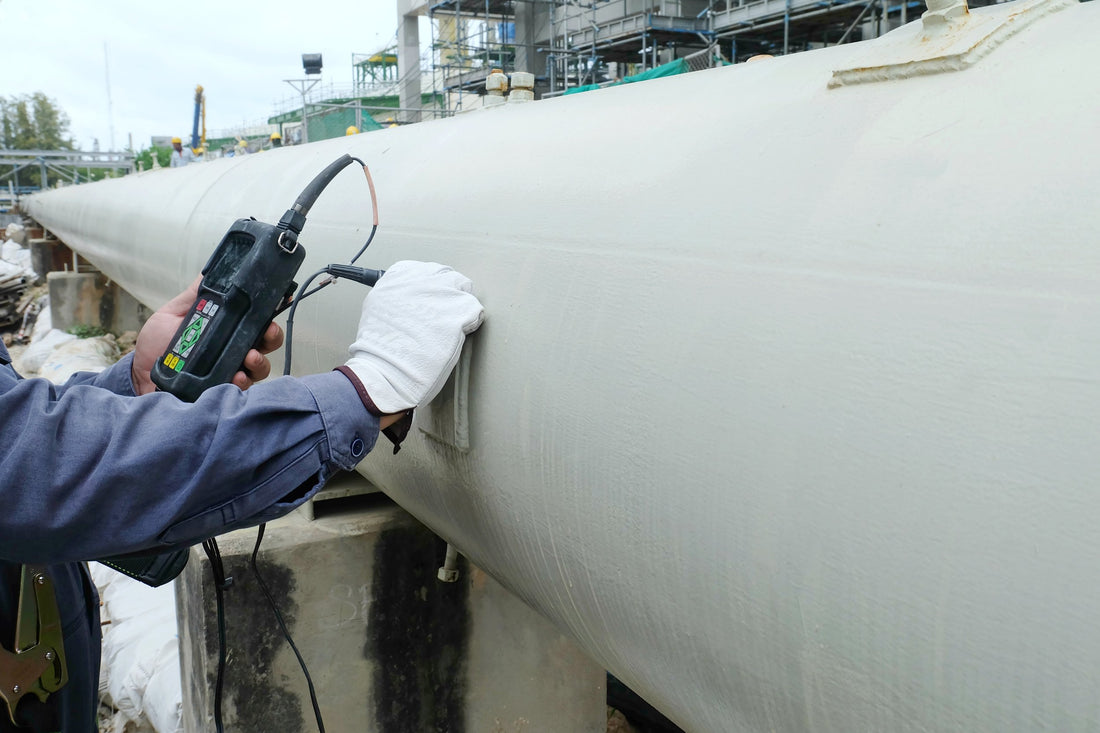In the oil and gas and chemical process industries, fitness-for-service is a best practice methodology which serves as the basis for asset integrity management. The process and associated data serve as an objective basis to assess whether assets are fit to remain in service.
One commonly utilized methodology, API 579-1/ASME FFS-1, was jointly developed by the American Petroleum Institute and the American Society of Mechanical Engineers and helps allow for the safe and reliable operation of pressurized equipment. This standard covers pressure vessels, piping and tanks.
Integral to this standard, and any other FFS program, is accurate inspection data. In particular, wall thickness loss due to general or localized corrosion is key to determining the fitness-for-service. Progression of the wall loss is important to the FFS calculations and overall assessment. As such, it is important to eliminate variables in the damage measurements so that the wall loss over time can be accurately assessed.
One of the easiest ways to create repeatability in ultrasonic inspections for wall thickness loss is to inspect in the exact same locations each time. By comparing the current inspection data to historical data, the progression of damage or loss can be charted. Through use of corrosion rate calculations which utilize pressure, operating temperature, materials properties, current damage state, and more, predictive models can be created to determine not only fitness for service, but also help plan maintenance efforts.
Whereas marking tools are often subject to failure due to operational or environmental conditions, specialized inspection labels are manufactured to survive harsh conditions.
But not all labels are created equally. Made of matte silver mylar polyester material with a UV laminate, our labels are specifically designed for the oil and gas and chemical processing industries. The matte coating resists degradation from scuffing, chemicals, moisture and is stable at wide temperature fluctuations (-40°F to +300°F / -40°C to +149°C). The low-leachable, high-strength adhesive is a high-performance acrylic for strong bonding on textured surfaces.
Through using inspection point labels designed with ruggedability for pressure vessels, tanks, and piping in mind, you can get better data, better assessments, and better predictions for your pipe and equipment process safety management program.

